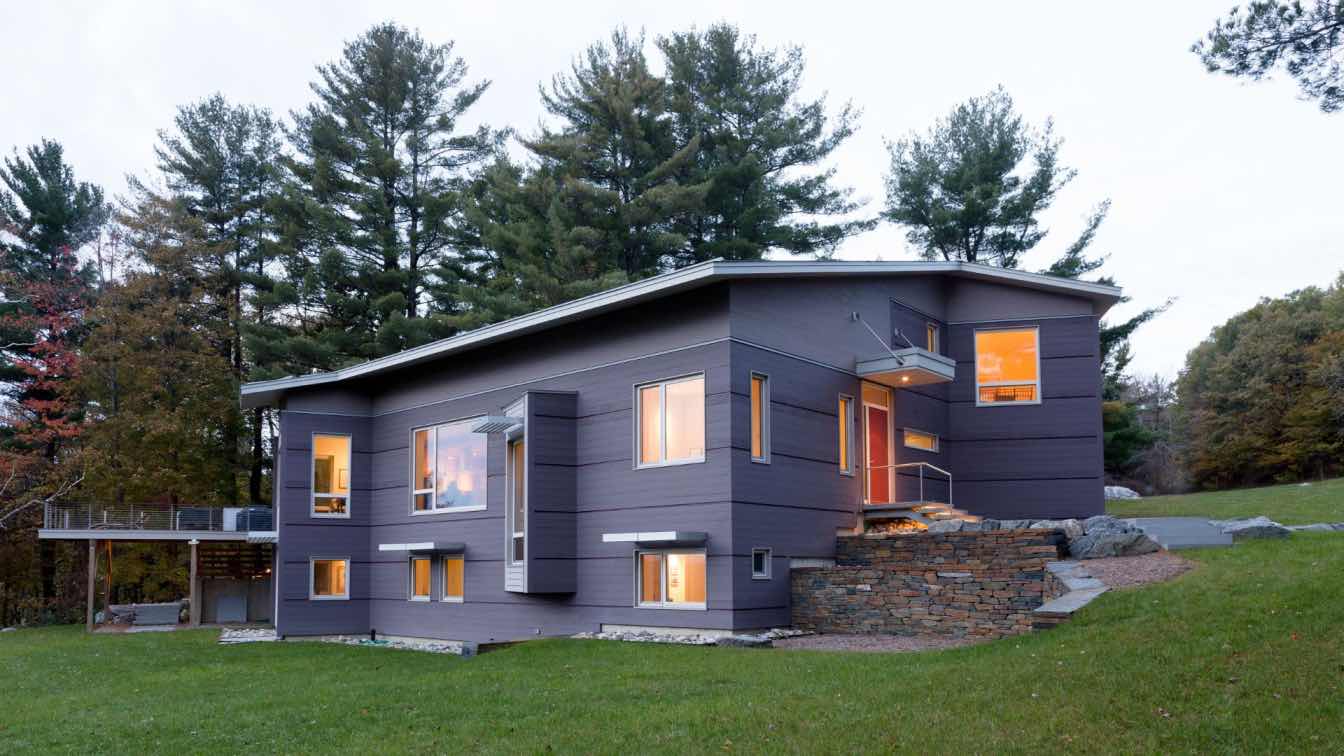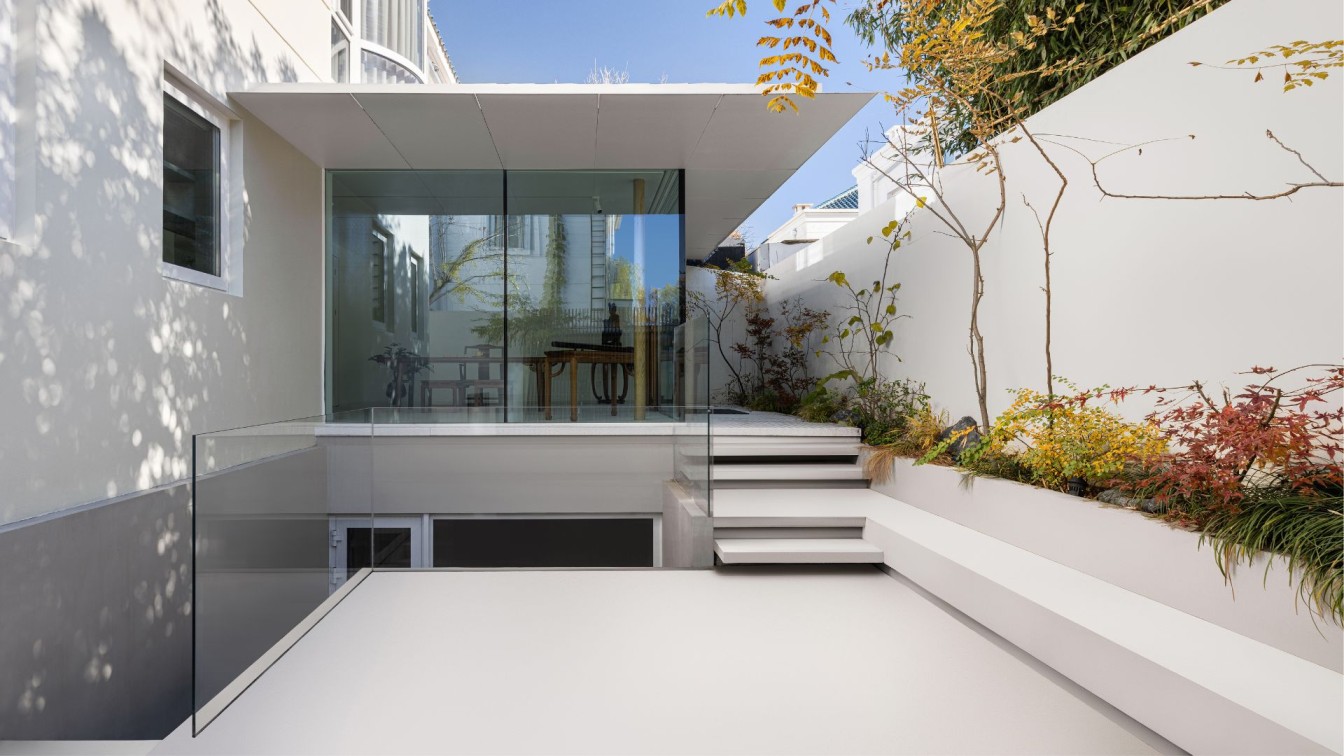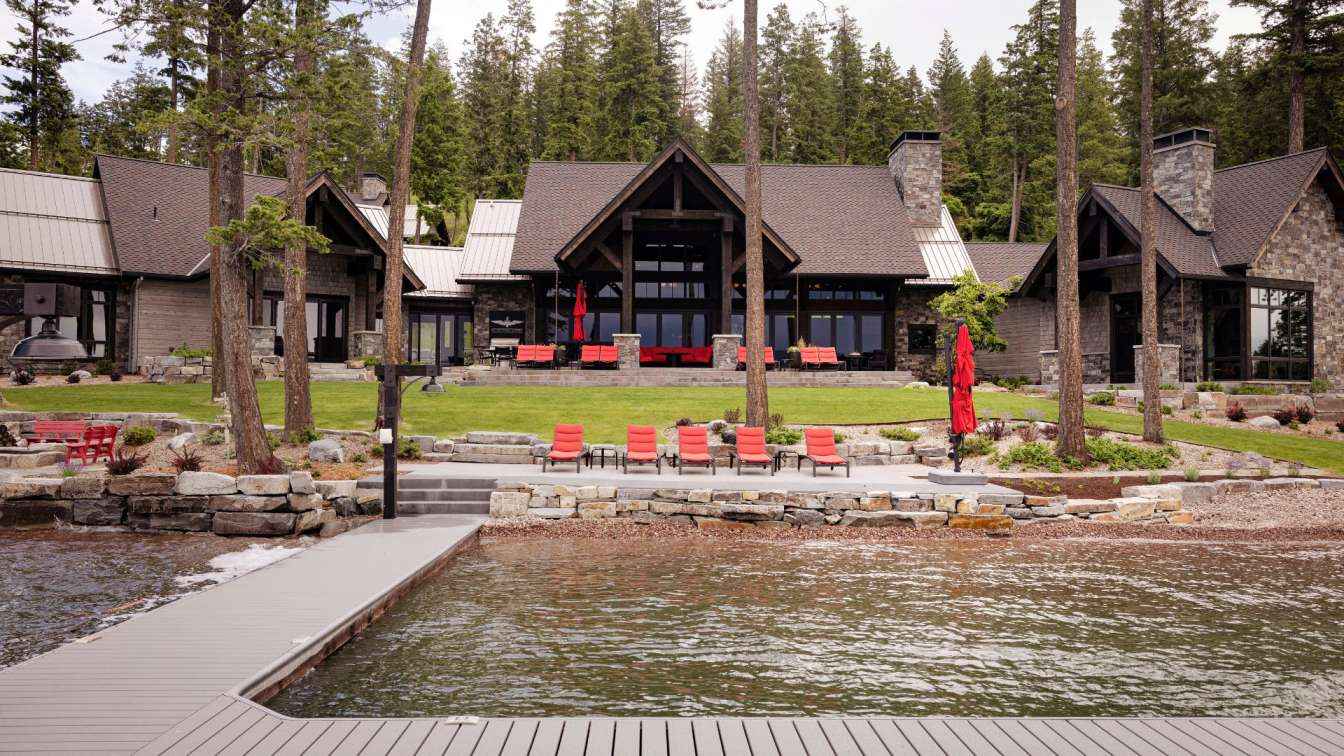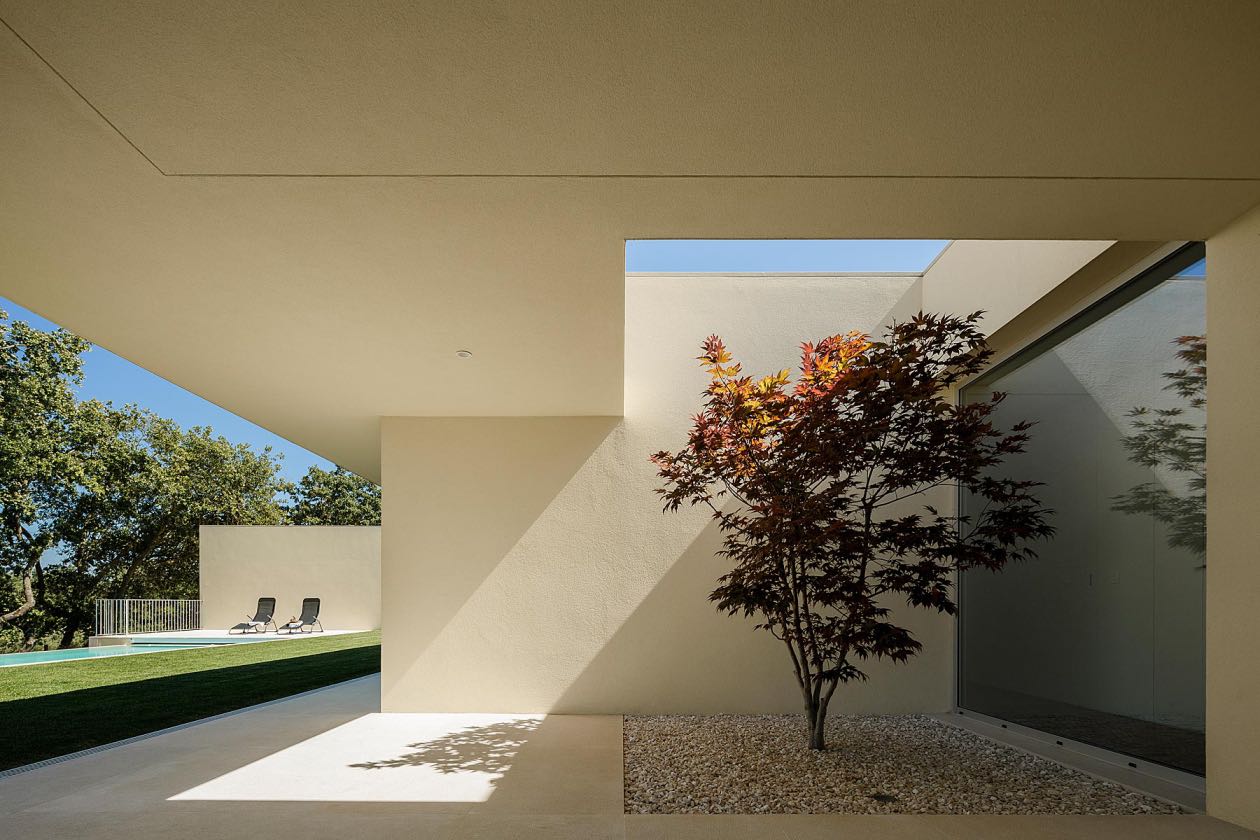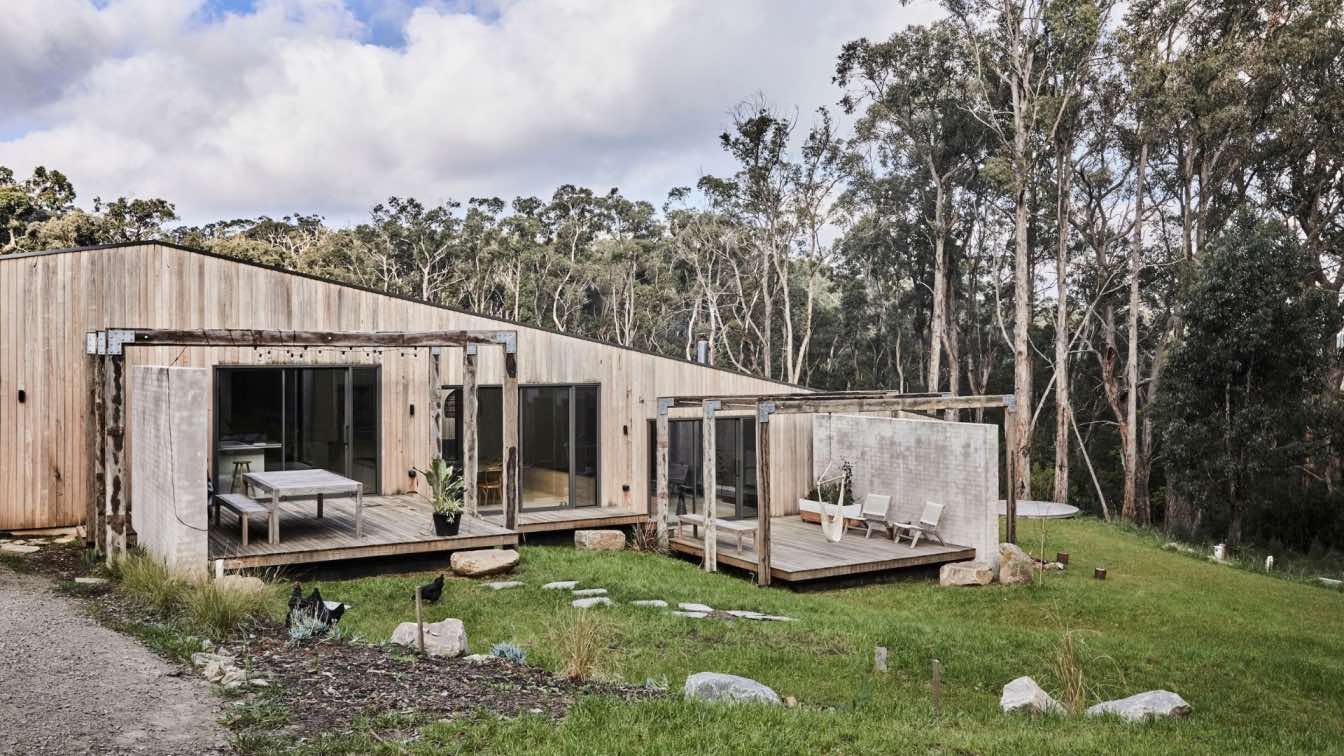Clark Green + Bek: As drawn, the Net Zero House operates at a 53% reduction in Total Yearly Source Energy (power plant energy in kWh) compared to a standard build, with an 89% reduction in heat demand. Heat loss of ~20,000 kWh of energy through windows and thermal bridges is offset by ~14,000 kWh of ‘passive’ heat from sunlight and other sources. The remaining 6,600 kWh/year is supplied by home heating. The windows specified for this project gain more heat energy than they lose during the heating season.
Envelope assemblies (construction details) analyzed for R-values, constructability, and airtightness demonstrate a high likelihood of achieving a quality Low-Energy envelope. Overall energy loss continually reduces as R-values are increased. Main level walls reach R-value 40.96 hr·ft2·°F/Btu, basement walls: 23.02 hr·ft2·°F/Btu, truss ceiling: 73.16 hr·ft2·°F/Btu, floor over garage: 38.31 hr·ft2·°F/Btu.
Beyond baseline, functional, energy-conserving features such as passive solar, photo-voltaic, super insulation, and a super tight envelope, this construction also boasts minimal use of foam with no on-site carbon fuels.
The house is fully integrated with a sloping site. Living is enclosed between two thick walls on the north and south face. Walls angle and change direction in response to distant landscape views and the sun, with thought to seasonal heat load and loss. Careful positioning of the roof conceals the photovoltaic array.
Concrete is elevated from a utilitarian material to a durable and functional surface by its use as the floor at the main entry and lower level. A thick layer of insulation below the slab allows it to be a heat sink, maintaining the interior temperature when the exterior temperature rises and falls quickly.











